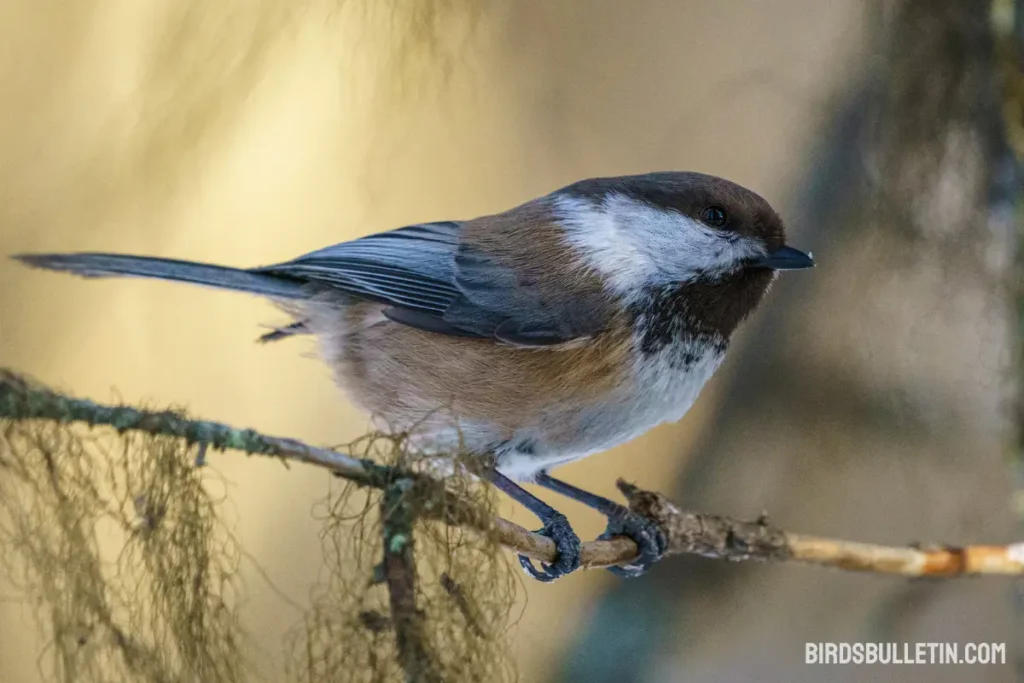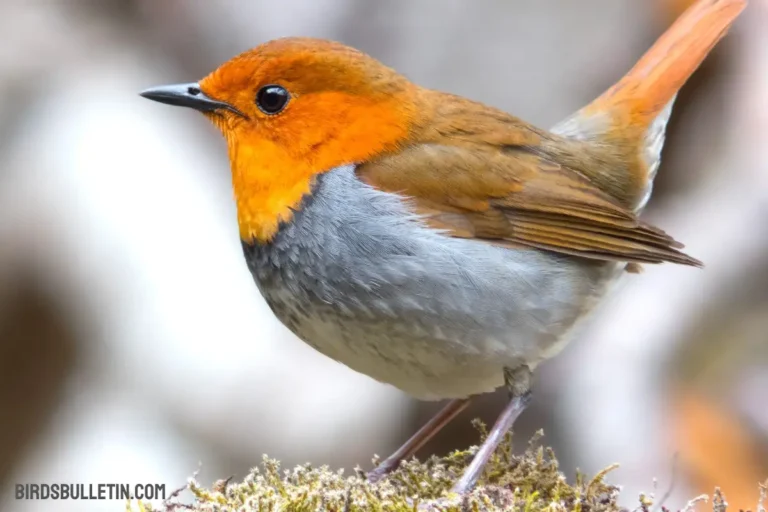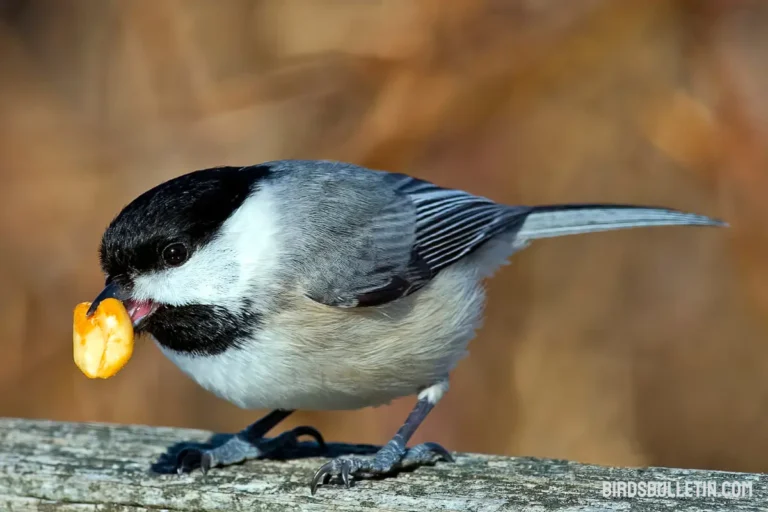Poecile Cinctus Cinctus (Boddaert, 1783)
The grey-headed chickadee subspecies Poecile cinctus cinctus, named by Boddaert in 1783, is an intriguing avian variant inhabiting a vast expanse from northeast European Russia through Siberia to Kamchatka and north-central Mongolia.
This overview delves into its scientific classification, unique identification features, geographical distribution, captivating behaviors, current conservation status, and ongoing efforts to preserve its natural habitat.
Interested in similar topics on bird subspecies
Scientific Classification
- Kingdom: Animalia
- Phylum: Chordata
- Class: Aves
- Order: Passeriformes
- Family: Paridae
- Genus: Poecile
- Species: Poecile cinctus cinctus
- Authority: Boddaert, 1783
Identification
Distinguishing the P. c. cinctus grey-headed chickadee from other variants involves recognizing specific colorations and features.

Notably, the grey crown, distinctive black bib, and white cheeks set this subspecies apart. The absence of a white stripe on the nape further aids in its identification.
Location
The geographical range of P. c. cinctus spans from northeast European Russia through the vast Siberian landscapes to the Kamchatka Peninsula and extends southward to north-central Mongolia.
Within this expansive territory, the subspecies thrives in diverse habitats such as boreal forests, taiga, and coniferous woodlands, showcasing its adaptability.
Interesting Facts
- P. c. cinctus builds nests in cavities like old woodpecker holes. The nest is lined with moss, grass, fur, and feathers.
- Its diet consists of insects and seeds. It forages in trees and shrubs, searching crevices and hanging upside down to find food.
- This subspecies is non-migratory. Pairs maintain territories year-round.
- The song is a series of high-pitched descending whistles. Calls include chick-a-dee-dee notes.
Conservation Status
P. c. cinctus has a very large range and stable population trend. It is classified as Least Concern on the IUCN Red List.
Natural Habitat Conservation
Conservation initiatives focus on preserving the diverse ecosystems it occupies, addressing habitat degradation, and promoting sustainable forestry practices. Climate change mitigation measures also play a role in ensuring the long-term viability of its habitats.
Frequently Asked Questions
01. What does P. c. cinctus look like?
P. c. cinctus has grey upperparts, a black bib on the throat and breast, white sides and belly, and a black tail with white outer feathers. The head is grey and it has a black bill.
02. Where does P. c. cinctus live?
This subspecies lives across a broad range in northeastern Europe, northern Asia, and north-central Mongolia. Its habitat is coniferous and mixed forests.
03. Why is P. c. cinctus population stable?
The P. c. cinctus population is widespread across northern Eurasia. No major threats to this subspecies have been identified. As long as its forest habitat remains intact, the population should remain stable.
Summary
P. c. cinctus is a subspecies of chickadee found in northern Eurasia. It has grey and white plumage and a black bib. It lives in coniferous forests, building nests in cavities and eating insects and seeds.
The population is currently stable and does not require specific conservation efforts.







